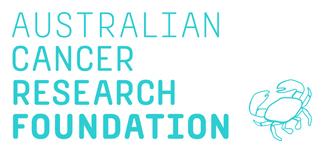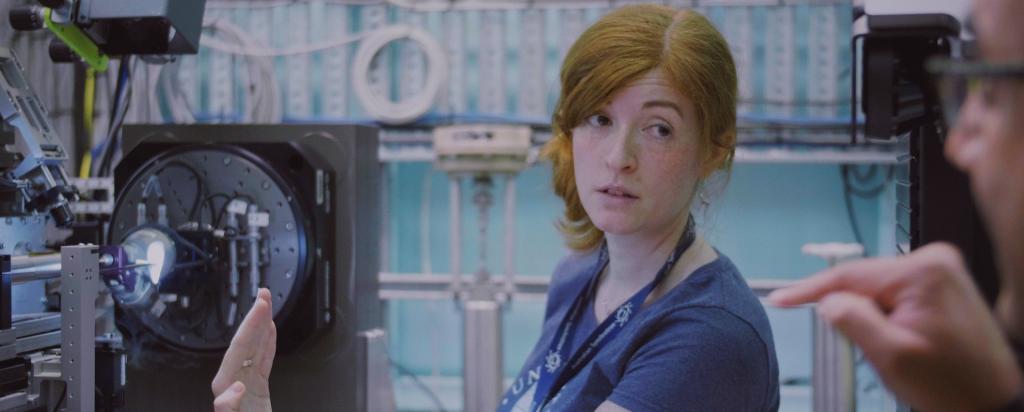

Published on the 9th December 2015 by ANSTO Staff
Dr Tom Caradoc-Davies loads protein crystal samples into the path of the synchrotron beam on the Micro Crystallography (MX2) beamline, site of the new ACRF Detector.
Research across the country into how cancers begin and spread is set to be turbocharged, after the Australian Cancer Research Foundation (ACRF) last night awarded $2 million in funding for a new detector that will provide faster protein analysis at the Australian Synchrotron.
The ACRF Detector will enable the shape and function of proteins to be analysed on the Australian Synchrotron’s Micro Crystallography (MX2) beamline in a fraction of the time taken currently, providing a ten-fold increase in capacity crucial to accelerating cancer drug development.
Professor Michael Parker, Deputy Director of St Vincent’s Institute of Medical Research in Melbourne and co-Principal Investigator on the successful grant, says the ACRF investment in this key cancer research technology, available at only a handful of other synchrotron facilities around the world, will lead to better outcomes for people living with the disease.
‘Importantly, by increasing the capacity for drug development research in Australia, it is Australians with cancer who will be the first to benefit as novel treatments move from laboratories into clinical trials at our public hospitals.
Professor Parker says proteins, large molecules essential to all living organisms, are crucial to understanding disease and treatment targets.
‘With malfunctioning proteins causing many diseases, including cancer, arming researchers with clear representations of protein structures supports efforts to design drugs that target particular proteins, to boost their anti-cancer properties or suppress their cancer-enabling effects.’
Professor Andrew Peele, Director of the Australian Synchrotron, says the ACRF Detector will liberate researchers on the MX2 beamline, which is now at capacity.
‘The brilliant light of the MX2 beamline allows us to investigate the arrangement and activity of molecules involved in cancer and cancer treatments at a level of detail that is not possible at any other Australian research facility.
‘The increase in speed and quality of the data from the ACRF Detector is akin to shifting from dial-up to broadband, enabling more and better research outcomes that will improve our ability to combat disease.’
Professor Ian Brown, Chief Executive ACRF, says the new ACRF Detector will significantly increase protein analysis capability in Australia.
‘We hope research into even more protein structures and drug targets will enable the development of new treatments for cancer that could be produced in Australia and applied worldwide.
‘Most importantly, more researchers will gain answers much faster, shortening the time from laboratory research to the clinical testing of new cancer drugs.’
The ACRF Detector at the Australian Synchrotron will be operational in 2017; the investigative team leaders are Professor Andrew Peele from the Australian Synchrotron; Professor Michael Parker, St Vincent’s Institute for Medical Research; Professor Jamie Rossjohn and Professor James Whisstock, ARC Centre of Excellence in Advanced Molecular Imaging and Monash University; Dr Peter Czabotar, Walter and Eliza Hall Institute for Medical Research and Professor Charles Bond, The University of Western Australia.
Download the media release
Media coverage:
- 'Science beams', Herald Sun, Thursday 10 December 2015
- ‘Cancer drug development gets boost with $2m grant to Australian Synchrotron’, ABC News online, Thursday 10 December 2015
- ‘Professor Andrew Peele discusses the ACRF Detector at the Australian Synchrotron’ on Triple R 102.7 FM, Wednesday 23 December 2015
Find out more:
- Visit Australian Cancer Research Foundation for the latest on their work enabling and equipping cancer research scientists to achieve things tomorrow that they could only dream of today
- For news, information and leading opinion on cancer treatment, prevention, diagnosis and cure, visit home.cancerresearch

